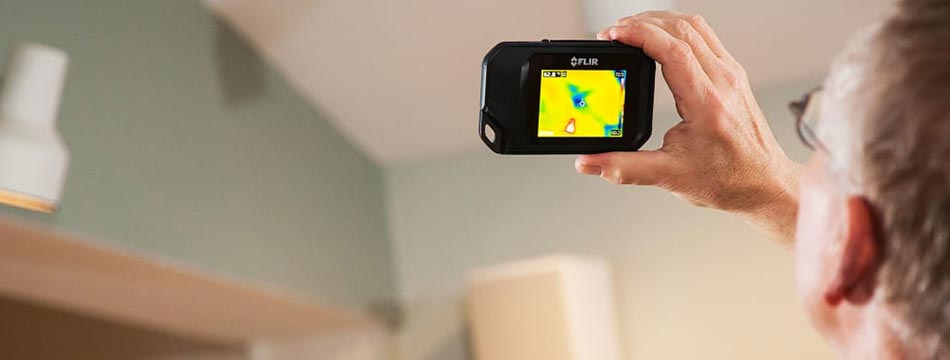
Thermal cameras, like FLIR’s E6-XT, E8-XT, E76, E96, T530, T540, and T560, make detecting hidden problems, such as leaking pipes, damp spots, missing insulation, and pests, quick and easy. That’s provided you know how to use them and how to interpret thermal images correctly. FLIR has identified the three biggest mistakes plumbers, builders, and electricians make when carrying out thermal inspections in homes, and has compiled a list of tips that can be implemented to avoid these errors. However, FLIR does stress that the best way to avoid common home inspection mistakes is to undertake a thermography course.[1]
Quick Links
- Mistake 1: Misinterpreting Images
- Mistake 2: Temperature Measurement Errors
- Mistake 3: Overestimating the Capabilities of Your Thermal Camera
- Further Information
Mistake 1: Misinterpreting Images
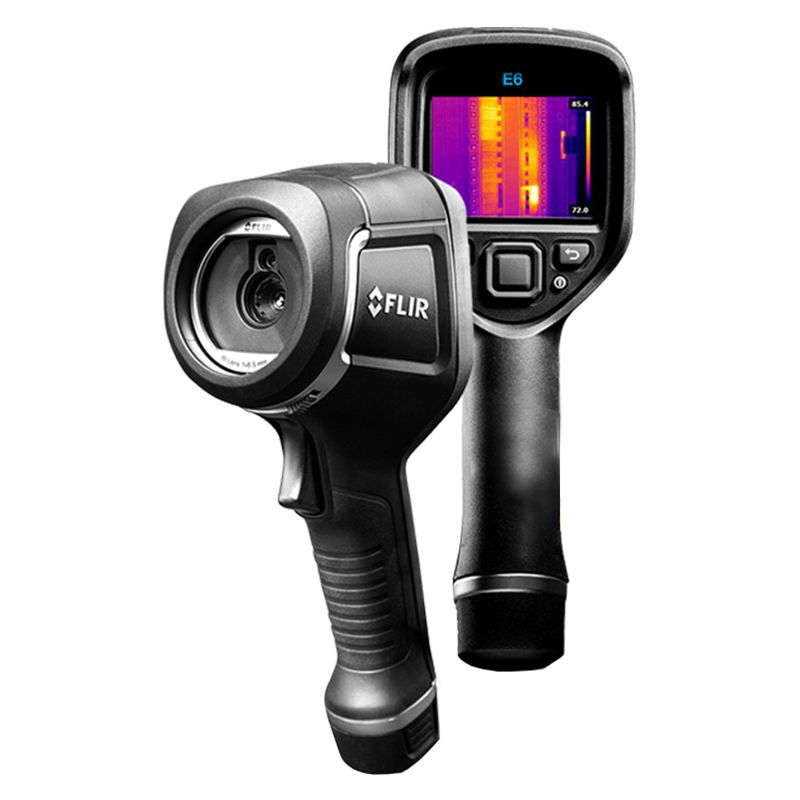
Cold spots and hot spots can indicate wet areas, air leaks, water leaks, mould, missing insulation, or pests. It’s also possible that they’re not indicative of a problem at all.
Misdiagnosing an issue can be costly. Therefore FLIR advises that you avoid making a decision or diagnosis onsite, especially if you are unsure. It is better to take thermal images and data back to the office for further analysis on a larger screen.
Additionally, FLIR recommends that potential buyers or those new to using a thermal camera learn how to interpret thermal (IR) images correctly before using an infrared (IR) imager to investigate issues, for instance by enrolling on a Level 1 Thermography Course.
FLIR also suggests that those new to thermography do not advertise this as part of their service until they are confident in their thermal analysis.
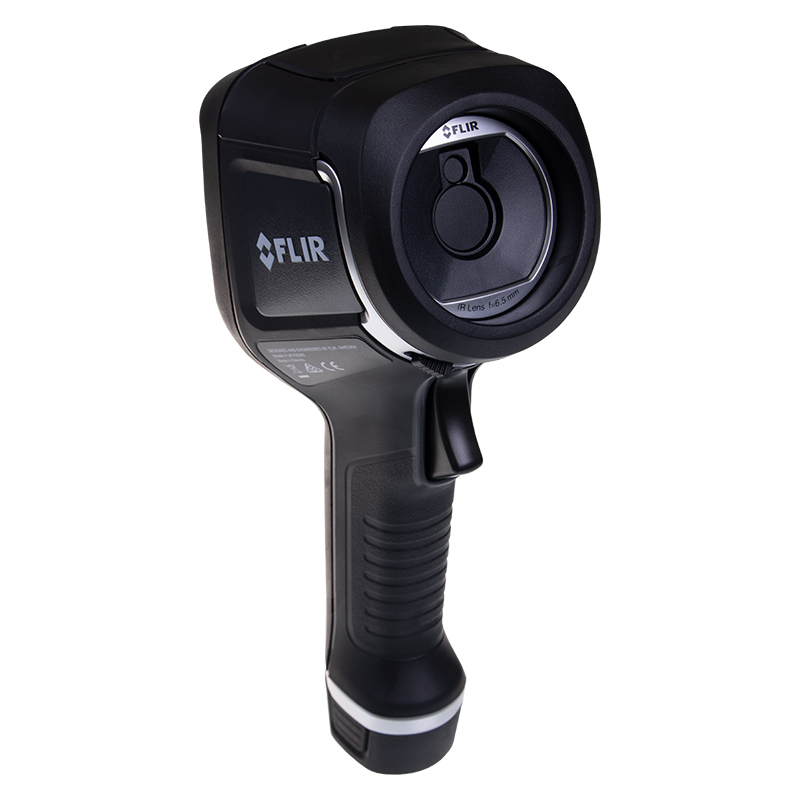
Mistake 2: Temperature Measurement Errors
FLIR’s E6-XT, E8-XT, E76, E96, T530, T540, and T560 Thermal Cameras are optimised for home inspections and, to this end, have a temperature accuracy of approximately ±2%. However, if users do not compensate for emissivity and distance they may still get misleading results.
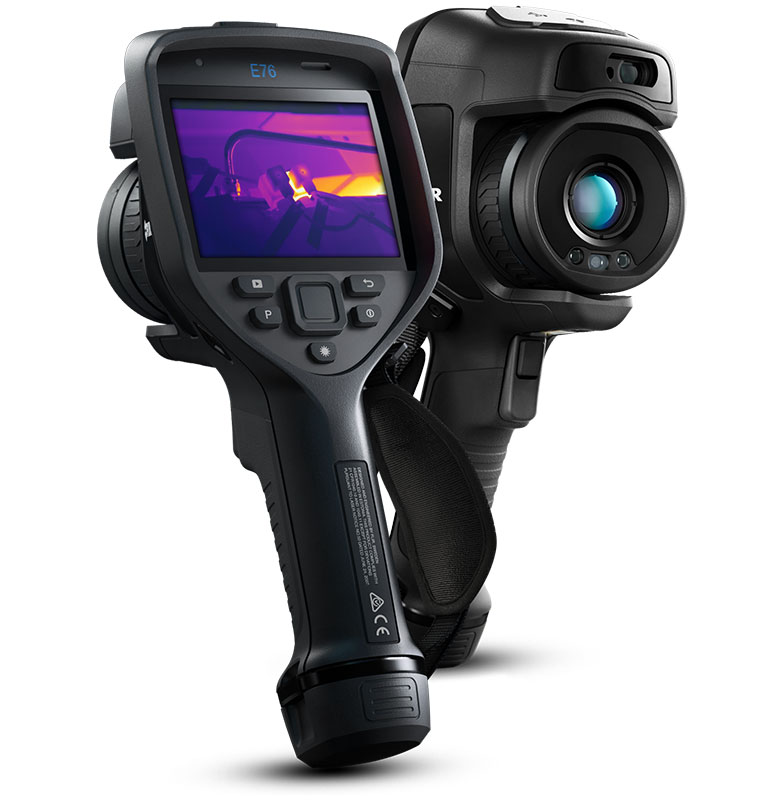
Emissivity is covered in Level 1 Thermography Courses. In a nutshell, the emissivity of an object indicates how well it reflects or absorbs thermal energy. The scale ranges from 0 to 1: items with a 0 rating reflect all thermal energy, while items with a rating of 1 absorb all thermal energy. Objects with low emissivities, such as shiny surfaces or metal equipment, can pose a problem as thermal cameras cannot measure them accurately; however, it is possible to address this issue by raising the emissivity of reflective targets.
FLIR also advocates that electricians carrying out inspections know the rough temperature equipment and components reach when functioning correctly. This helps to prevent misdiagnosis because, as most electrical equipment becomes warm when under load, hot spots may not necessarily indicate a problem.
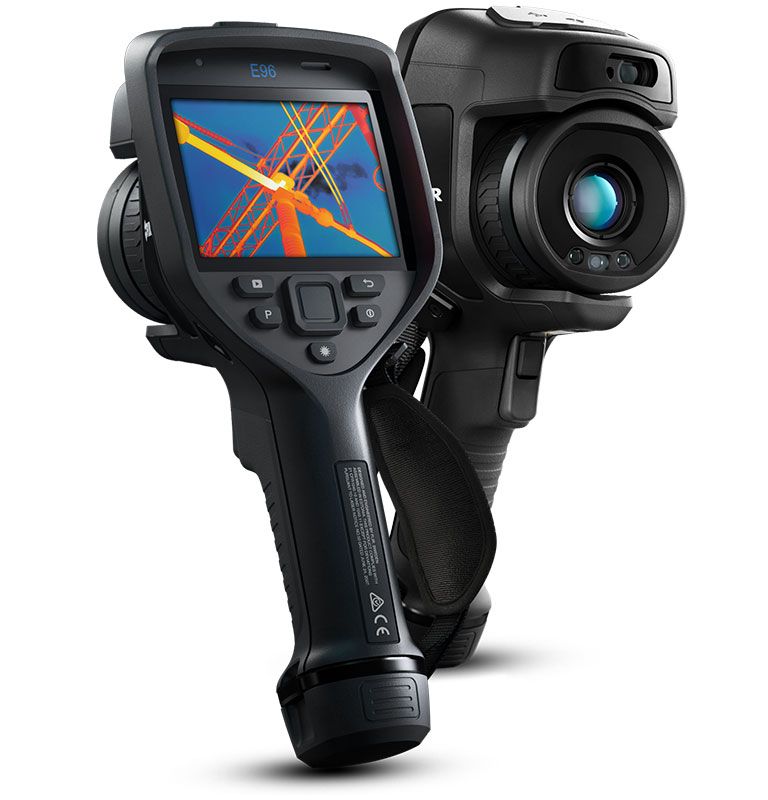
The thermal camera’s field-of-view can also have an influence on temperature measurement. Cameras with a wide field-of-view are suitable for measuring the temperature of objects that are near to the imager; whereas cameras with a narrow field-of-view are better suited to determining the temperature of small targets that are far away.
Mistake 3: Overestimating the Capabilities of Your Thermal Camera
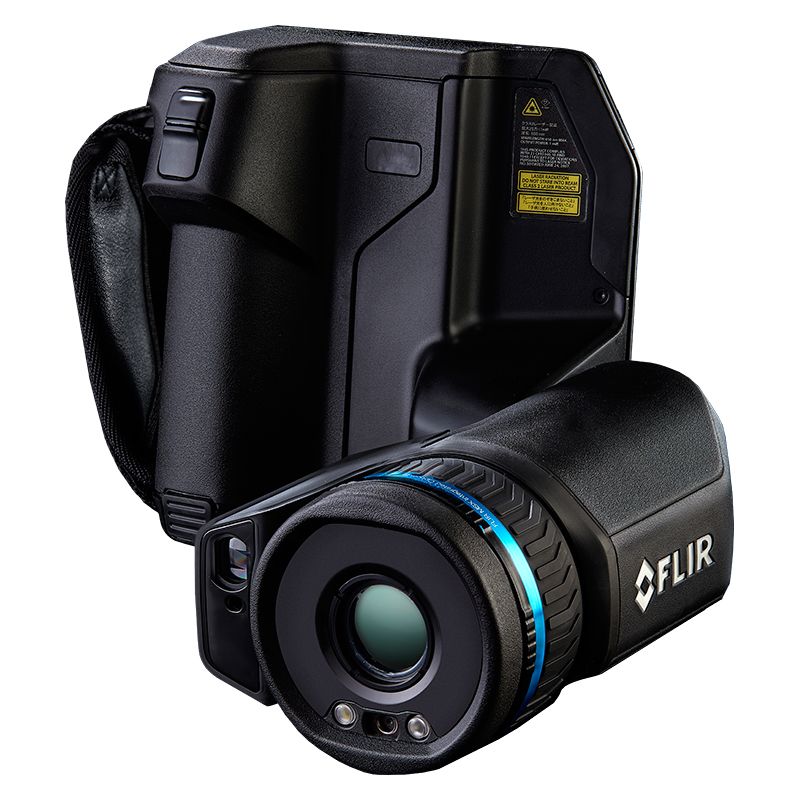
Not all thermal cameras are equal. FLIR’s E6-XT and E8-XT Thermal Imagers are entry-level models; as such, they do not offer the same level of accuracy as FLIR's high-performance T530, T540, and T560 Thermal Cameras. All are excellent thermography tools but are suitable for different kinds of applications.
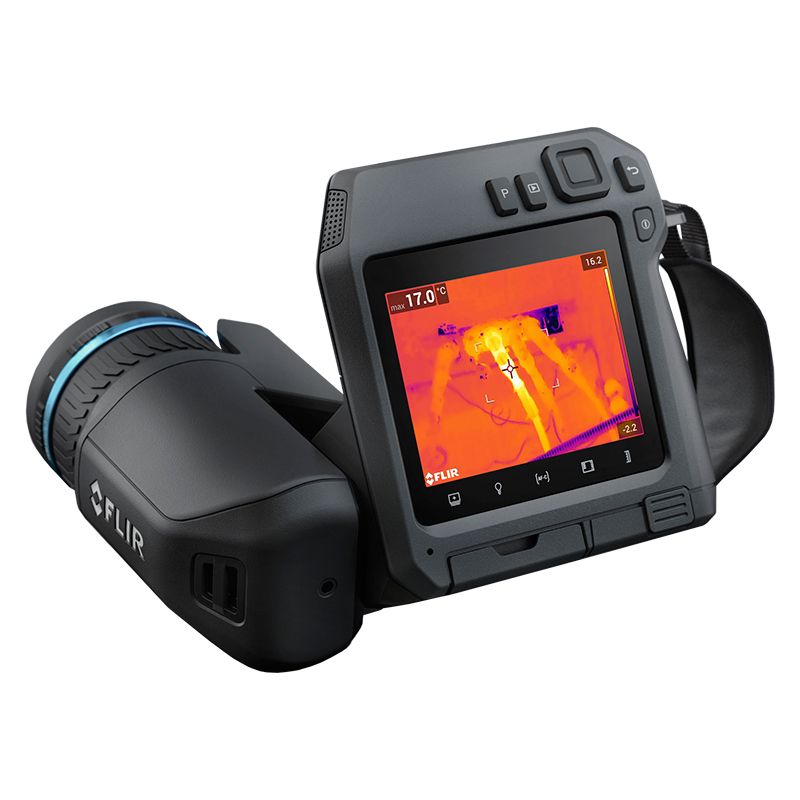
FLIR’s entry-level cameras can usually detect temperature differences as small as 1.5°C across high emissivity objects, such as painted walls. However, FLIR's expert cameras can typically detect temperature differences as slight as 0.02°C. Detecting moisture in walls may not require a high-performance imager but you will need a camera with greater thermal sensitivity than an entry model. FLIR advises that you plan for your future when investing in a thermal camera: if you know that you’ll need a high-sensitivity thermal imager further down the line you’ll save money by purchasing a more sophisticated camera sooner, rather than buying an entry model that you’ll have to replace.
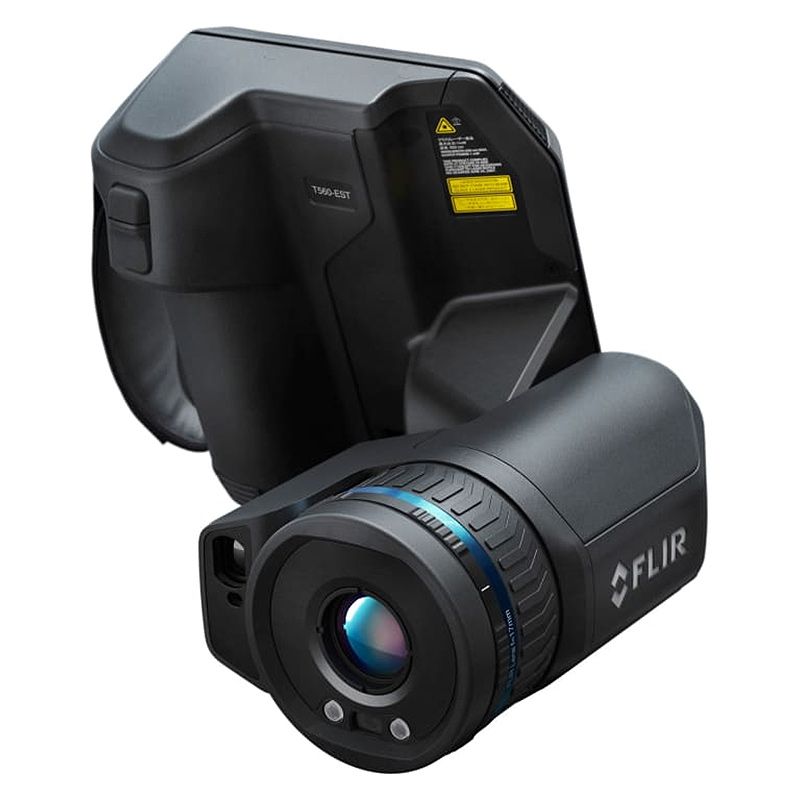
Further Information
The best way to avoid any of the aforementioned mistakes is to enrol on a thermography course, as recommended by FLIR. PASS offers a range of thermography courses, from specialist building, electrical and optical gas courses, to Level 1, Level 2, and Level 3 thermography courses conducted in partnership with the ITC (Infrared Training Centre). To book one of these courses or for further information, please contact our training centre on 01642 987 978 or via our online form.
PASS is proud to be a FLIR Platinum Partner; therefore, if you need more information regarding any of these cameras, please don't hesitate to contact our Sales team on 01642 931 329 or via our online form.
[1] All information has been taken from FLIR's, Thermal Camera Tips to Avoid Common Home Inspection Mistakes, last accessed 23 March 2021 < https://www.flir.com/discover/professional-tools/thermal-camera-tips-to-avoid-common-home-inspection-mistakes/>


